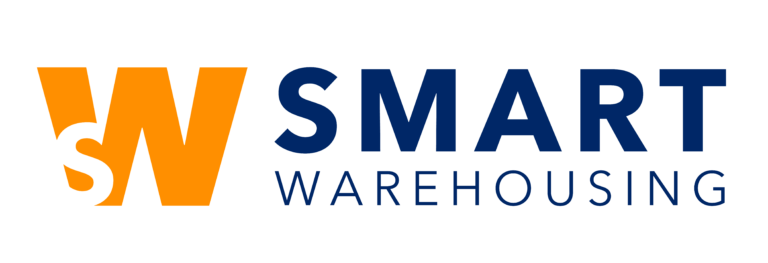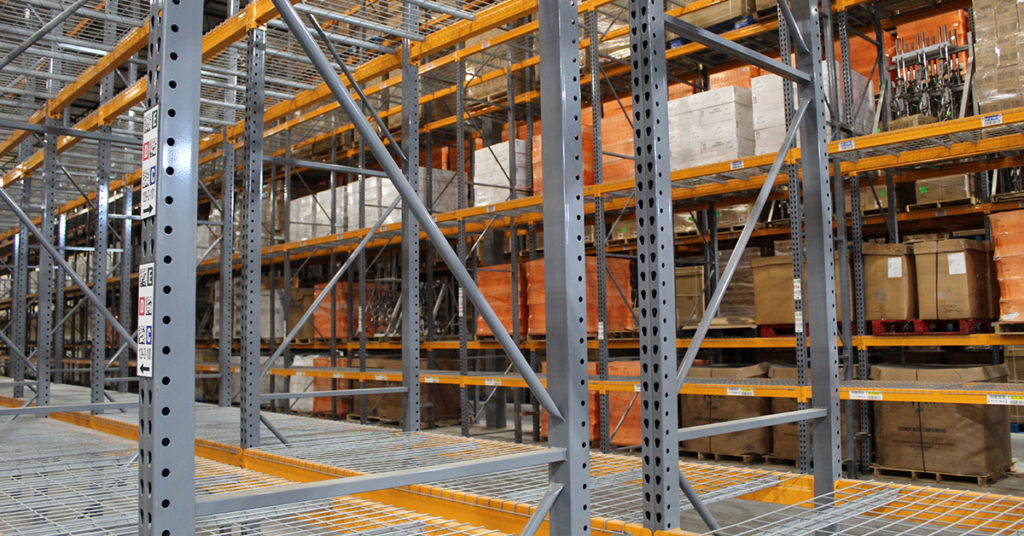Completing the process of choosing a new 3PL warehouse is a considerable feat, but the hard work is still ongoing. Developing a transition plan for moving inventory and operations to the new warehouse is an involved process. Minimizing disruption to your business and, in turn, keeping your customers happy takes strategic planning. That means having a solid understanding of your current operation, identifying potential challenges at the new warehouse, and developing a detailed plan for making the transition. Include the following key components to ensure a successful warehouse transition plan whether moving from an in-house operation or switching to a new 3PL provider.
Key Components of a Successful Warehouse Transition Plan
- Define Objectives and Key Performance Indicators (KPIs)
- Establish a Timeline
- Communicate with Stakeholders
- Develop a Strategic Plan for Moving Inventory
- Execute the Transition Plan
- Perform Post-Transition Analysis
Define Objectives and Key Performance Indicators (KPIs)
Once objectives have been determined, you can begin identifying KPIs that will help the project stay on track and measure its success. Defining objectives and KPIs upfront will confirm that everyone is on the same page and prevent surprises during the transition process.
When migrating to a new warehousing solution, there will inevitably be some bumps in the road. Setting realistic expectations is essential when planning a warehouse transition.
Establish a Timeline
The next step is to establish a timeline. What is an attainable go-live date? What goals need to be met along the way? Collaborating with your new 3PL provider to create a timeline will help ensure that all parties are aware of, and can meet deadlines. It will also help avoid potential delays disrupting your business’s day-to-day operations.
Onboarding
– All parties should agree upon and document an onboarding process that sets expectations for how communications will happen, who is responsible for what tasks, and when those tasks need to be completed. Both parties’ commitment to deadlines will help ensure resources allocated are available throughout the project.Setup and Integration
– A significant timeline component is setting up the technical integration between your company’s tech stack and the 3PL’s warehouse management system (WMS). Integrations may require custom development work and other lengthy processes, but it is essential for ensuring accurate inventory levels and order fulfillment going forward.
Establishing communication paths, determining and setting up data exchange structures (EDI, API, flat file, etc.), testing integration, and training the warehouse team on new customer requirements are just a sliver of the full scope.
Inventory Relocation
– Work backward from your target go-live date to determine when each component of the transition should happen. Trying to accomplish too much too quickly often compromises quality, so remember to be realistic about what can be completed and when. Keep in mind that some tasks will need to occur in parallel while others must happen sequentially.Communicate with Stakeholders
It is important to communicate with all stakeholders throughout the process. This includes your 3PL provider, internal team, customers, and anyone else the transition might impact. By keeping everyone informed and aligned on the objectives, timeline, and KPIs, you can avoid issues related to communication or expectations.
To keep the project on track, consider appointing a dedicated project manager or liaison responsible for communicating progress updates, addressing issues as they arise, and representing your company’s interests throughout the transition process.
Develop a Strategic Plan for Moving Warehouse Inventory
Whether all, a portion, or none of your inventory gets moved to the new warehouse will depend on the size and scope of your operation. You’ll need to evaluate your specific situation to determine which option is best for you.
Option 1: Send New Inventory to New 3PL Warehouse
Your company would send new inventory directly to the new warehouse and burn down inventory at the current 3PL. This is a good option to keep transportation costs low and allows time for integration and establishment of communication paths. This strategy minimizes disruptions to your business.
Option 2: Put Business on Hold and Move All Inventory to New 3PL Warehouse
This strategy makes sense if you have a small amount of inventory that needs to be moved or if you can afford to put your business on hold. This option requires integrations and communication paths to be ready on day one. The downside of this strategy is that it can be expensive and disruptive to your business. Moving inventory involves outbound, transportation, and inbound costs, and you will need to stop fulfilling orders during the transition. The upside of this strategy is a clean, quick transition that leaves only one 3PL relationship to manage.
Option 3: Transition a Portion of Inventory to the New 3PL Warehouse
This strategy works well if you want the new 3PL to take over fulfillment immediately while minimizing disruption to your business. It can also be helpful for a “trial run” with the new 3PL. This option allows time for establishing communication paths, processes, and integrations.
The best strategy for your business will depend on several factors. While each has pros and cons, all three approaches can be effective in the right circumstances. Consider the important factors below to find the best solution for your business.
Factors to Consider When Building Inventory Transition Plan
Fulfillment of Orders During the Transition Period
How will orders be fulfilled during the transition process? Will your current 3PL continue to fulfill orders? Is it preferred that the new 3PL take over fulfillment? How much disruption can your business handle? Is putting fulfillment on hold an option?
Service Level at Current 3PL
If your current 3PL can continue fulfilling orders during the transition, are their service levels acceptable to maintain your brand reputation? Having them continue fulfilling orders may not be the best solution if their service levels are why you are switching to a new 3PL.
Cost to Move Inventory
Moving inventory can be expensive. Considering your current 3PL’s outbound costs, the transportation costs, and your new 3PL’s inbound costs, it may not make sense to move it.
Number of SKUs and Units
It stands to reason that more inventory movement equals higher costs. However, some may find managing two 3PL relationships during the transition to be tedious.
Seasonality
If you have seasonal peaks, transitioning inventory will be easier during periods of lower sales volumes.
Terms of Existing 3PL Contract
Be sure to review the terms of your existing contract carefully. You may be subject to termination fees or other penalties if you switch providers before the contract expires.
Execute the Warehouse Transition Plan and Perform Post-Transition Analysis
Track progress and address any issues that arise during the transition process. After the transition is complete, review what went well and what could be improved upon with your team and your 3PL provider. Document lessons learned for future reference and use them to continuously improve operations.
A successful 3PL warehouse transition plan starts with a comprehensive understanding of your specific business needs. A one-size-fits-all approach won’t cut it. Utilizing the key components outlined above will help ensure a smooth warehouse transition so that you can focus on your core business.
Considering a 3PL Switch?
Beyond Warehousing can help guide you through the process. Contact our team to learn more.



